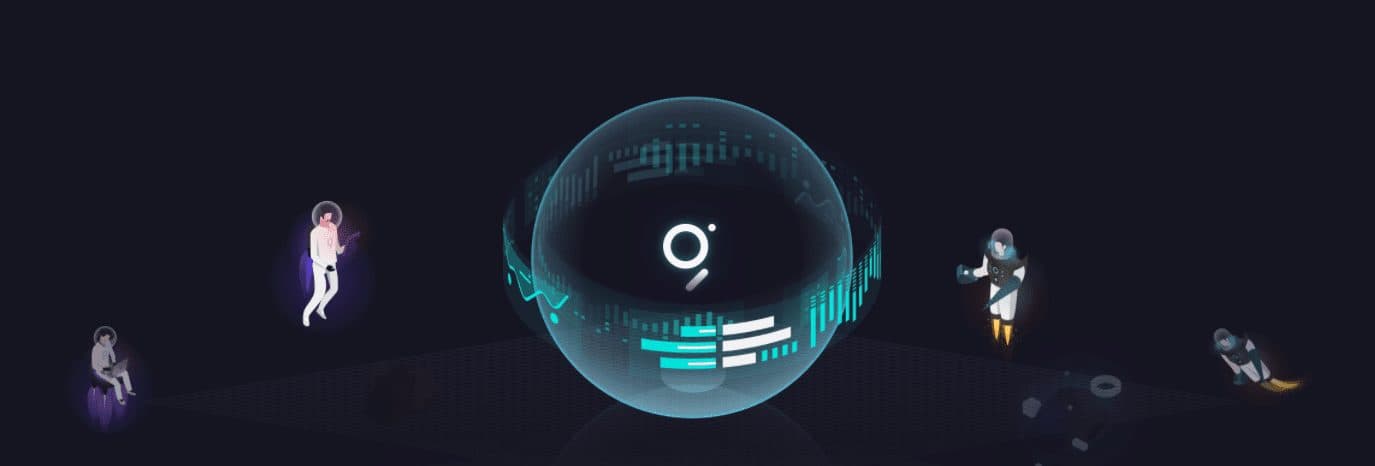Tiger Global Leads $50M Round for Web3 Protocol
The capital will be used to onboard users, contributors and developers to focus on centralization, security and scalability challenges in Web3

- If Google is the organizer and indexer of the internet, The Graph aims to be the blockchain equivalent with Web3 data
- “We expect to see an exponential increase in the data being stored on blockchains, especially given the pace at which the trillion dollar market has been growing over the past year,” Tiger Global Partner John Curtius said in a statement
The foundation behind The Graph protocol has raised $50 million in a round led by Tiger Global.
The funds will be deployed over the next two years to onboard the next wave of users, contributors and developers, The Graph Foundation said Friday.
Eva Beylin, director of The Graph Foundation, said in an email to Blockworks that the foundation plans to bring on five more core developers to continue what the group calls its “decentralized M&A strategy.”
“The $50M raise gives The Graph Foundation the resources needed to attract core developers to help build out the next components on The Graph’s roadmap, which focuses on solving key centralization, security, and scalability challenges in Web3,” Beylin said.
The foundation previously disbursed $250 million to network developers.
The raise included investors from FinTech Collective, Fenbushi Capital, Reciprocal Ventures, and Blockwall Digital Assets Fund. Last month, The Graph Foundation gave Semiotic AI a $60 million grant to develop on its ecosystem.
The Graph aims to do for Web3 and blockchains — it supports 26 protocols — what Google does for the internet: index reams of data in a searchable way.
Supported blockchains include Ethereum, NEAR, Arbitrium, Optimism, Polygon, Avalanche, Celo and Fantom. To date, over 25,000 developers have built subgraphs for applications such as Uniswap, Synthetic, Livepeer and Decentraland.
At its core, The Graph is an index layer for the blockchain that is divided into subgraphs, or open APIs built upon the programming language GraphQL. The subgraphs, in turn, fetch blockchain data through a decentralized network. The end results favor decentralized applications that don’t rely on single servers that are prone to failure.
Get the news in your inbox. Explore Blockworks newsletters:
- The Breakdown: Decoding crypto and the markets. Daily.
- 0xResearch: Alpha in your inbox. Think like an analyst.






